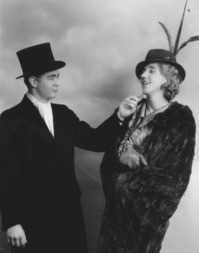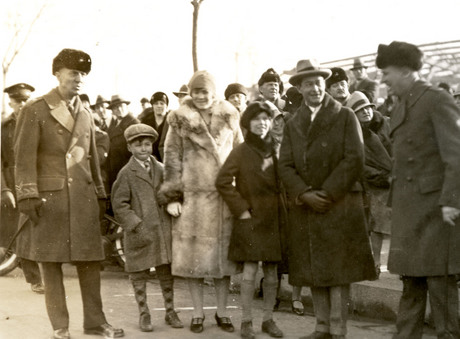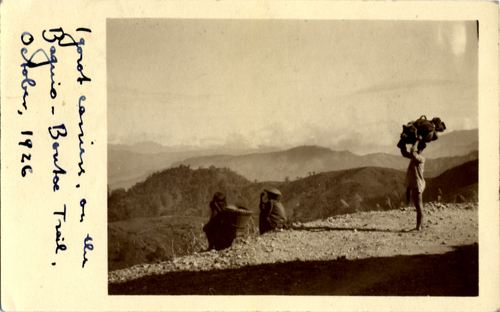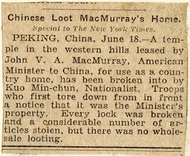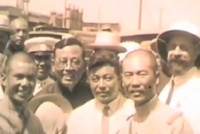In the fall of 1941, preceding the attack on Pearl Harbor, undergraduate enrollment stood at 2,432. By November 1943, however, only 655 of the 3,742 students in residence were civilian. The footage on the two silent films shown here was shot a few years before and after the United States entered the Second World War. The first film captures Princeton students at an ROTC summer training camp off campus. In contrast, the later footage features military students marching on Princeton’s grounds. The Princeton campus, like many others in the country, had turned into a military training facility.
Princeton had maintained an ROTC Field Artillery Unit since 1919, when the First World War had ended. The primary objective of the Reserve Officers’ Training Corps (ROTC) was to provide military training at civilian colleges and universities to quality them as Reserve Officers in the US military. As part of a four-year elective course in Military Science (leading to the rank of Second Lieutenant of Field Artillery in the Officers’ Reserve Corps) students attended a six-week summer training camp at the end of the junior year. The film, which was shot before 1942, captures activities at a summer camp at Madison Barracks, New York, including a medical checkup (1:01), mess (4:05), drills (5:29 and 14:58), artillery practice (7:48), and informal scenes. In 1942 the summer training camp was suspended and in the following year ROTC was integrated in the Army Specialized Training Program (ASTP), which arrived on Princeton’s campus in April 1943. The footage from 17:27 shows various military training units that resided on campus during the war. More information is provided with the next clip, which contains similar footage.
To compensate for dwindling resources during the war, Princeton hosted several military training schools on campus. In addition to the ASTP (known as the A-12), Princeton accommodated the Army Post Exchange School, the Naval Officer Training School, the Naval College Training Program (V-12) for Navy candidates and Marines, and the Navy Pre-Radar School. Dormitories provided barracks for the service groups, and fourteen of the largest halls were occupied by Army and Navy trainees. The trainees marched to meals and classes, as can be seen on this footage of various unidentified training units. The ROTC returned to campus with the reestablishment of the Army Unit and the introduction of a Naval Unit in 1946 and an Air Force Unit in 1951.
These silent 16mm films are part of the University Archives’ Historical Audiovisual Collection (item no. 0106 and part of item no. 0092).

